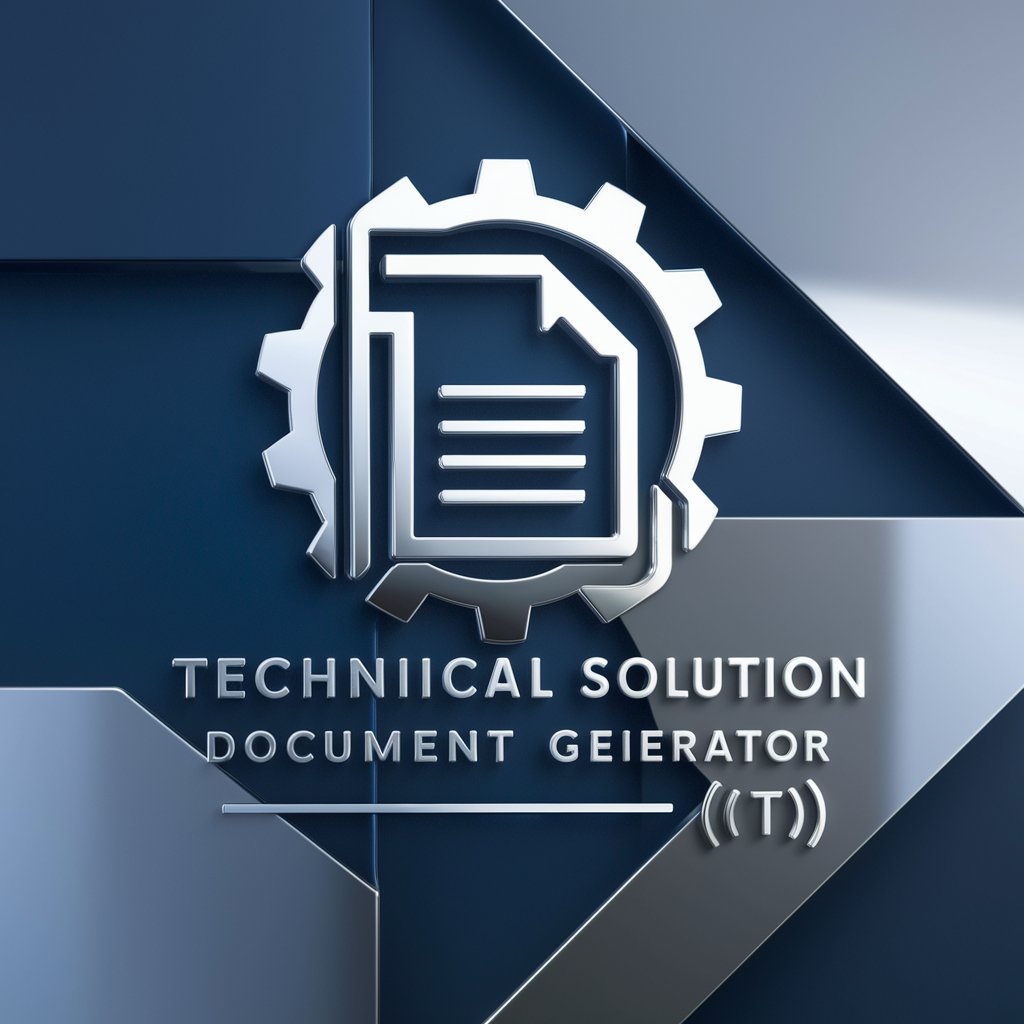
要件定義ネイター-AI-powered requirements mapping tool
AI-driven assistant for defining software requirements

AIがあなたに質問して、ソフトウェアの要件をはっきりさせます!
さあ要件定義ネイター、私に質問してごらん!
Get Embed Code
What is 要件定義ネ要件定義ネイター 概要イター?
要件定義ネイター (Youken Teigi Neitā) is a specialized AI-powered assistant designed to help individuals and teams articulate and clarify software system requirements through guided dialogue. Its primary function is not to *answer* questions, but to *ask* the right questions in the right order. By using user experience-oriented, closed-ended questions (with a few strategic open-ended ones), it helps users visualize and define the system they truly want to create—especially when their initial ideas are vague, abstract, or emotionally driven. The design purpose is based on the observation that clients often struggle to fully articulate their software needs. They might express abstract desires like 'something like Medium but with AI,' but fail to specify critical features or the actual user flow. 要件定義ネイター steps in to reverse-engineer their intent by conducting structured, friendly interviews that simulate design thinking and user story mapping sessions. **Example Scenario**: A frontend developer wants to build an AI-assisted article publishing platform but can’t clearly describe what makes it different from existing blogging tools. 要件定義ネイター starts by asking, 'Is your system mainly used on smartphones?' then, '要件定義ネイターの紹介Is it for general users or for technical experts?' Through these questions, the system identifies the user base, platform, collaboration needs, and key differentiators (e.g., AI transforming articles into story or dialogue formats), and eventually outputs complete requirement specifications including database schema and user stories.
Core Functions and Real-World Applications
Interactive Requirement Extraction
Example
Through a series of intelligent, layered questions (e.g., 'Is this system for general users or experts?', 'Is collaboration important?'), the tool uncovers hidden needs.
Scenario
A UX designer uses 要件定義ネイター to assist a client who wants to build a 'community platform.' Instead of relying on vague ideas, the tool breaks it down—revealing that the client wants a peer-review system, profile-based access control, and article versioning, which leads to a concrete set of functional requirements.
User Story Generation
Example
After clarifying the desired user experience, the tool outputs sample user stories like: 'As a junior developer, I want to post an article and have AI suggest improvements so that I can feel confident sharing it.'
Scenario
In a client workshop, a product manager uses the generated user stories to align engineers, designers, and marketers on what success looks like for their learning platform.
Output of Technical Specification (ERD, Feature List, Sequence Diagrams)
Example
Once requirements are confirmed, the tool produces database schemas, feature tables, and Mermaid.js-based sequence diagrams.
Scenario
A freelancer with no back-end experience wants to outsource part of the development. 要件定義ネイター provides a feature breakdown, user roles, and a normalized ER diagram, which the developer then hands over to the backend engineer for implementation.
Who Benefits Most from 要件定義ネイター?
Solo Developers and Startup Founders
Individuals with a creative vision but limited technical specification skills. They often know what they want to achieve emotionally (e.g., 'I want to help learners stay motivated') but can’t translate that into engineering language. 要件定義ネイター guides them through structured discovery and delivers developer-ready documentation.
UX Designers and Product Managers
These users already have a grasp of user needs and business goals but want to validate assumptions or build consensus across cross-functional teams. By visualizing user stories, flows, and system architecture collaboratively, they use 要件定義ネイター to ensure that design, development, and stakeholders are aligned from day one.
How to Use 要件定義ネイター
Step 要件定義ネイターガイド1
Visit aichatonline.org for a free trial without login—no need for ChatGPT Plus.
Step 2
Choose the '要件定義ネイター' from the list of available GPTs or search for it directly. This custom GPT is designed to guide you through requirements elicitation using intuitive, step-by-step dialogue.
Step 3
Respond to the AI’s closed-ended questions (e.g., system type, user category, target experience). Each question helps clarify system requirements based on real user intent.
Step 4
Iterate through questions as the AI narrows down your vision, auto-suggesting relevant features (like tagging, login systems, collaborative tools) without needing you to explicitly ask for them.
Step 5
Once the idea is clarified, receive outputs such as user stories, function lists, database schemas, and Mermaid.js sequence diagrams. Use these for rapid prototyping or to brief your dev team.
Try other advanced and practical GPTs
Lumos
AI-powered fluid design framework for Webflow

Fiscalescu - Consultant Fiscal Romania
AI-powered tax guidance for Romanian entrepreneurs

Custom GPT Builder
AI-powered custom GPT builder for any goal

Magicprompt 🪄
AI-powered prompt builder for endless creativity

HTML CSS
AI-powered HTML/CSS help. Instantly smarter design.

Oracle Cloud Infrastructure
AI-powered solutions for cloud management

French Teacher
AI-powered tool for mastering French conversation

アンチコメント分析ちゃん
AI-powered anti-hate analysis with heart
自我強度向上ちゃん
AI-powered goal coach with a smile

台本クオリティチェッカー
AI-powered script evaluation for YouTube creators.

Jobs to be done Pro 🎯 | JTBD Analysis & Insights
AI-powered tool for uncovering what customers truly need

Market Research and Consumer Insights
AI-powered Insights for Smarter Business Decisions

- Startup Planning
- UX Design
- Technical Specs
- Feature Mapping
- Product Scoping
Q&A About 要件要件定義ネイターガイド定義ネイター
What exactly is 要件定義ネイター?
要件定義ネイター is a custom AI-driven system design assistant that uses guided dialogue to extract and structure software requirements. It focuses on user experience and gradually narrows down ambiguous ideas into concrete specifications like user stories, feature lists, and DB schemas.
Who should use 要件定義ネイター?
This tool is ideal for startup founders, project managers, UX designers, non-technical stakeholders, or frontend engineers who want to define a system’s backend or logic without writing formal specs from scratch.
How is it different from a typical AI chatbot?
Unlike general chatbots, 要件定義ネイター drives the conversation with targeted, structured questions. It doesn't wait passively for input—it actively narrows scope, clarifies ambiguities, and visualizes systems, reducing friction in early-stage development.
Can I generate technical documentation automatically?
Yes. Once the requirements are clarified, 要件定義ネイター generates detailed user stories, functional requirements, table structures, and sequence diagrams in formats like Mermaid.js—ready for use in development or handoff.
What languages or industries does it support?
While optimized for tech startups and SaaS projects, it can adapt to various industries. The language model supports multilingual interaction, but the default dialogue structure is in Japanese or English, focusing on intuitive UX and engineering logic.






